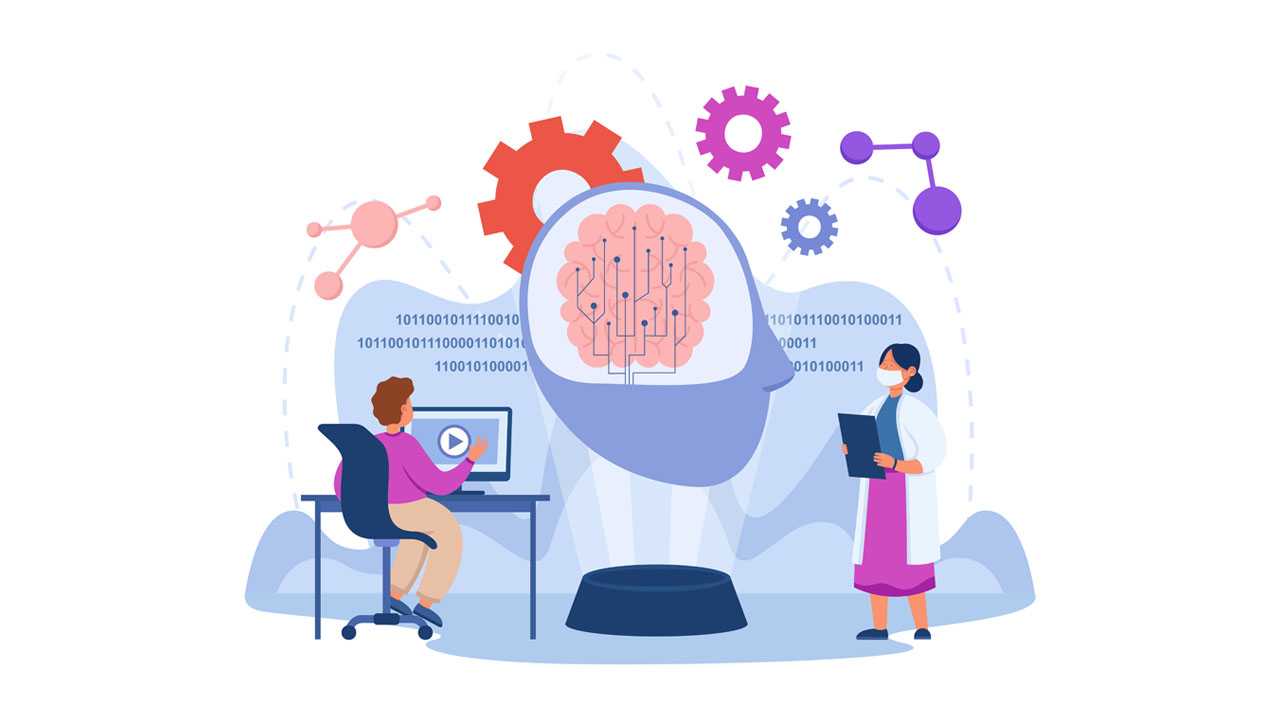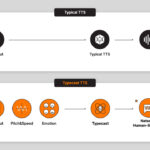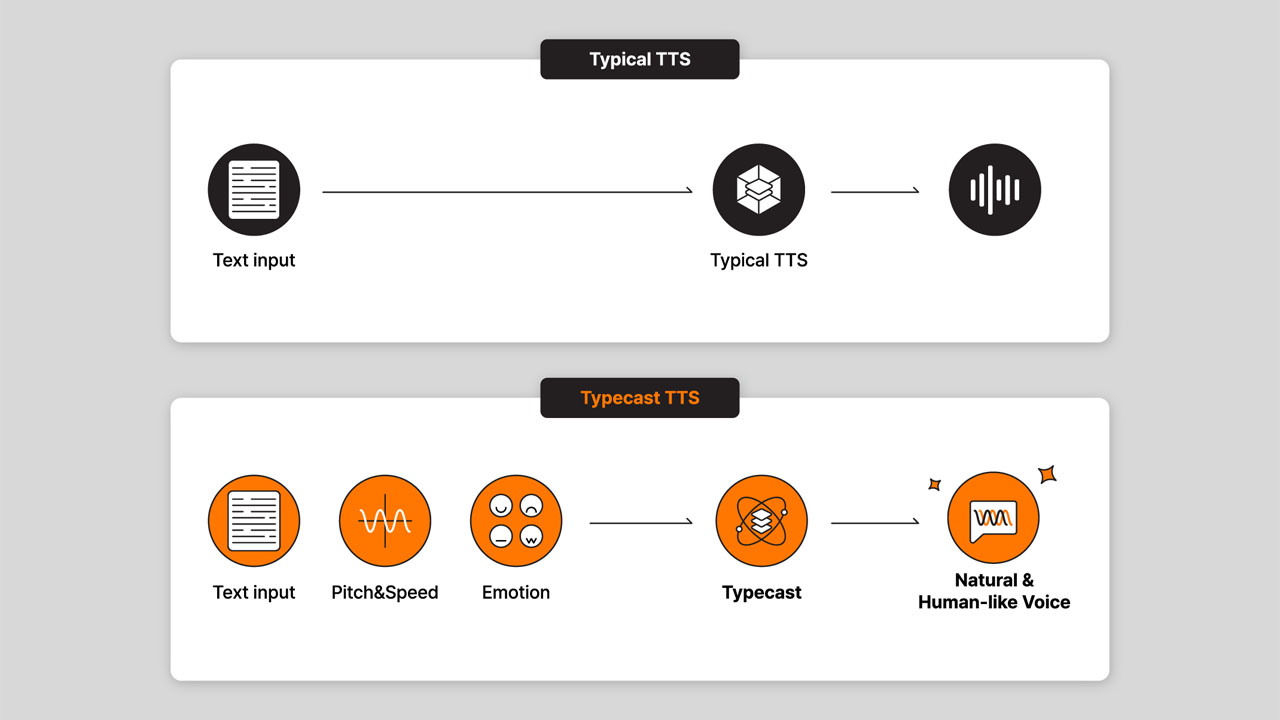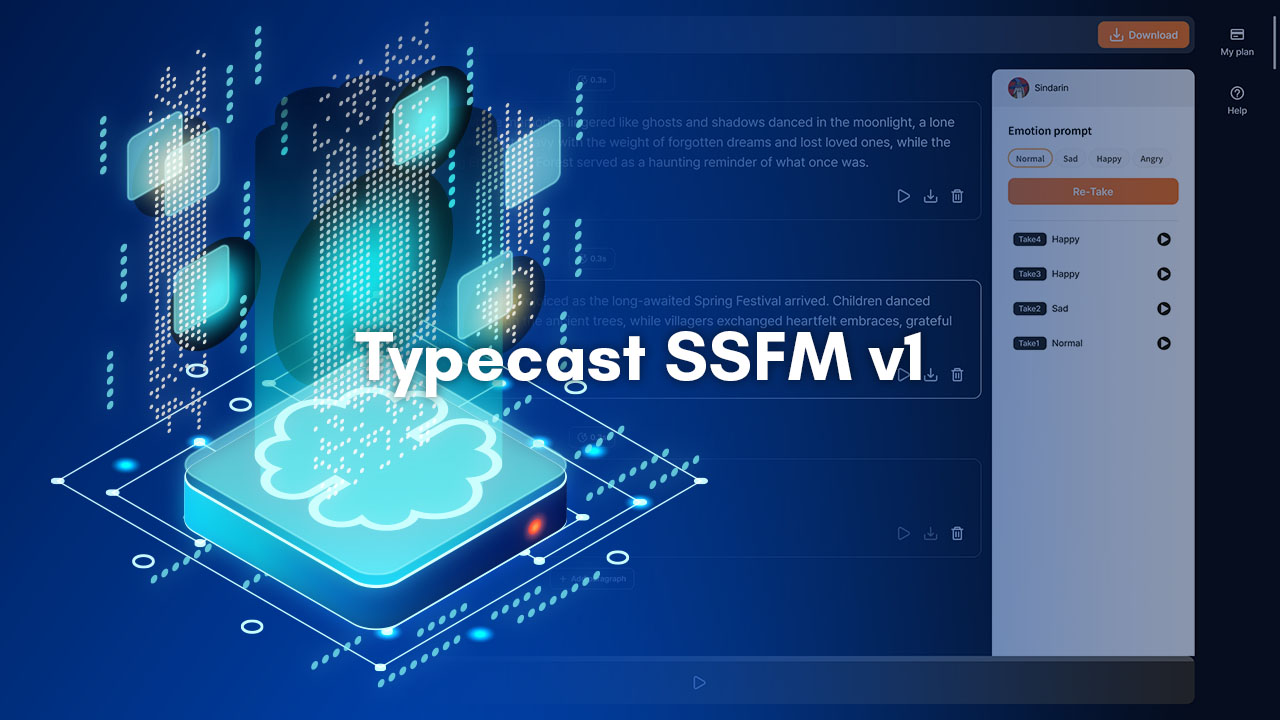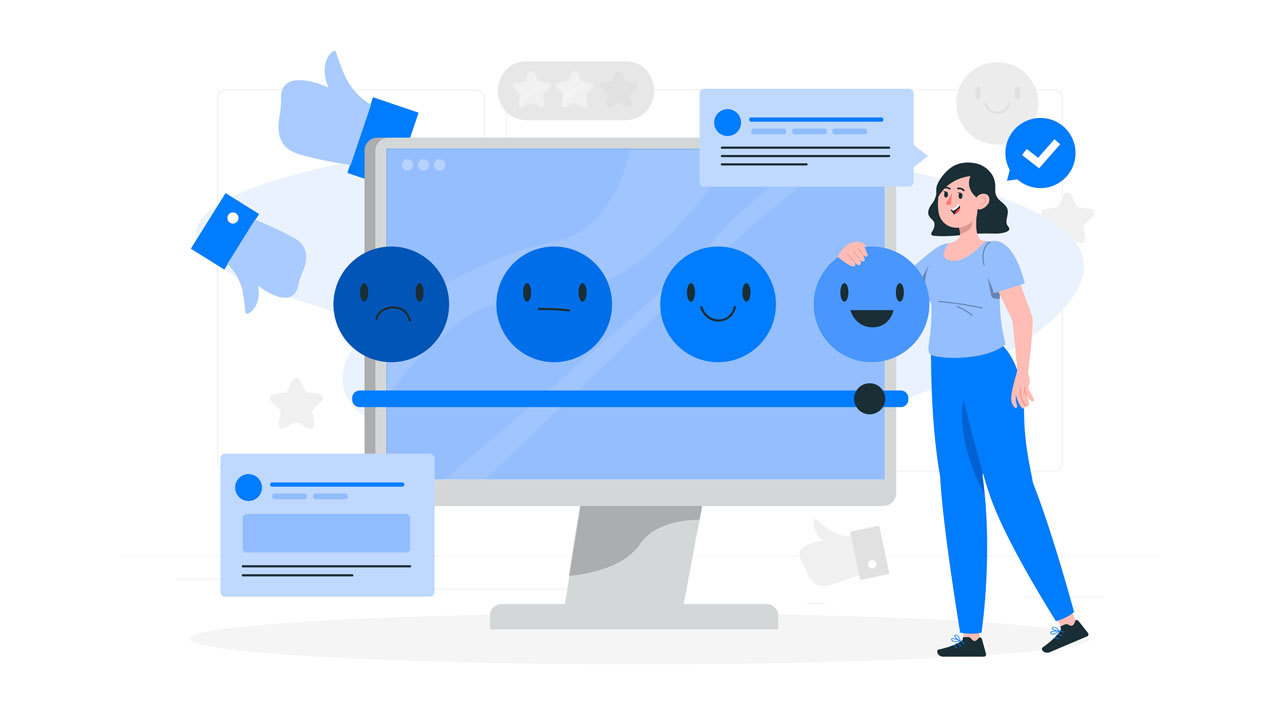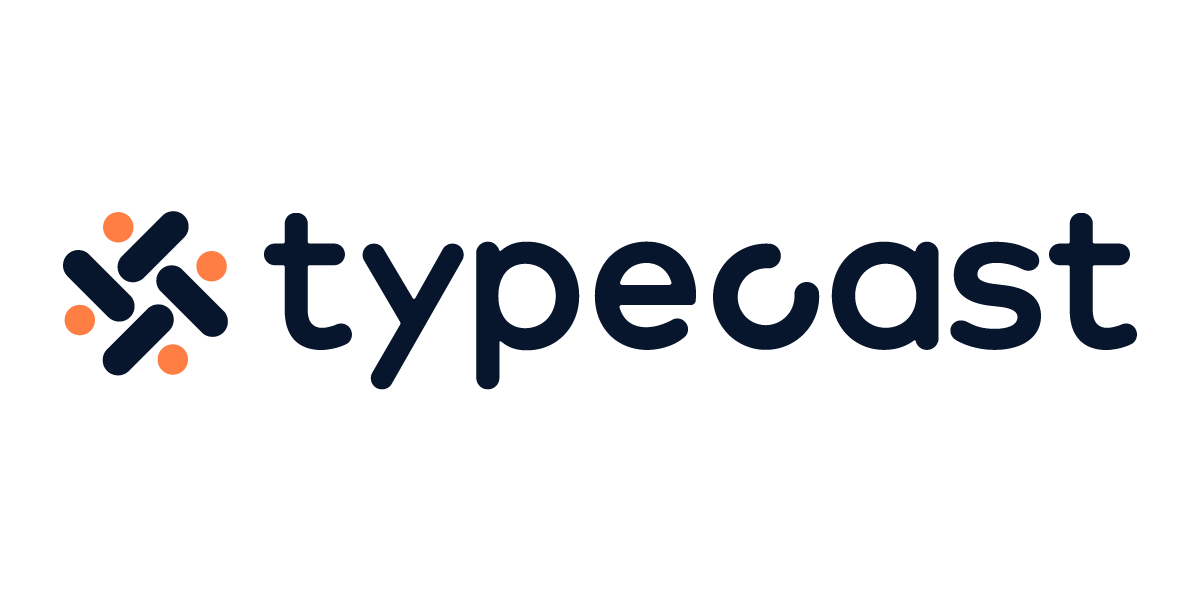The human brain is one of the most complex and unique parts of the human body. Replicating a human brain into an artificial intelligence model may have seemed impossible 50 years ago, but with the current digital advancements, the concept does not seem far-fetched. In fact, experiments are already underway to model artificial intelligence on the human brain.
IBM has taken on the inquisitive journey of teaching AI to act more like a human brain. While a human being thinks differently than an AI, researchers have found a way to reproduce some aspects of the human brain to integrate into AI.
AI vs Humans
The debate around AI vs humans is necessary for understanding the implications and application of AI in the future.
Human beings acquire data from our everyday interactions. We absorb all or parts of this data and recall it as necessary. On the other hand, Artificial intelligence is built on vast amounts of data already stored in software.
Human beings are also logical and use rationale and reasoning when making decisions or when solving problems. Artificial intelligence does not yet have the capability to perform logical reasoning.
However, this is changing at IBM as a research team at DeepMind, the AI arm of Google’s parent company Alphabet has created a synthetic neural network that uses rational reasoning to complete tasks.
This neural network AI has the ability to analyze pairs of objects and deduce relationships between them. For example, the researchers used 3D images of various colors and sizes and asked the neural network some questions, such as “what size is the cylinder to the left of the blue sphere.”
Surprisingly, the RN-augmented network showed a staggering super-human performance of 95.5 percent.
The applications of such a model are endless! Consider an AI model describing all elements of an image to a visually impaired reader. Or an AI virtual assistant with visual learning capabilities to discern and differentiate one object from another.
Self-supervised Learning Algorithms
Humans don’t use labeled data to learn, rather they explore their environment on their own and form a subjective understanding of the world.
To mimic the human style of learning, computational neuroscientists are exploring neural networks that can explore self-supervised learning with little or no AI training of human-labeled data.
Such self-supervised learning algorithms are proving to be successful at replicating human language. These models can also recognize images similar to how humans identify an image. Neuroscientists are getting close to uncovering how artificial networks can copy the human brain’s operations and functions.
AI Chat Bots
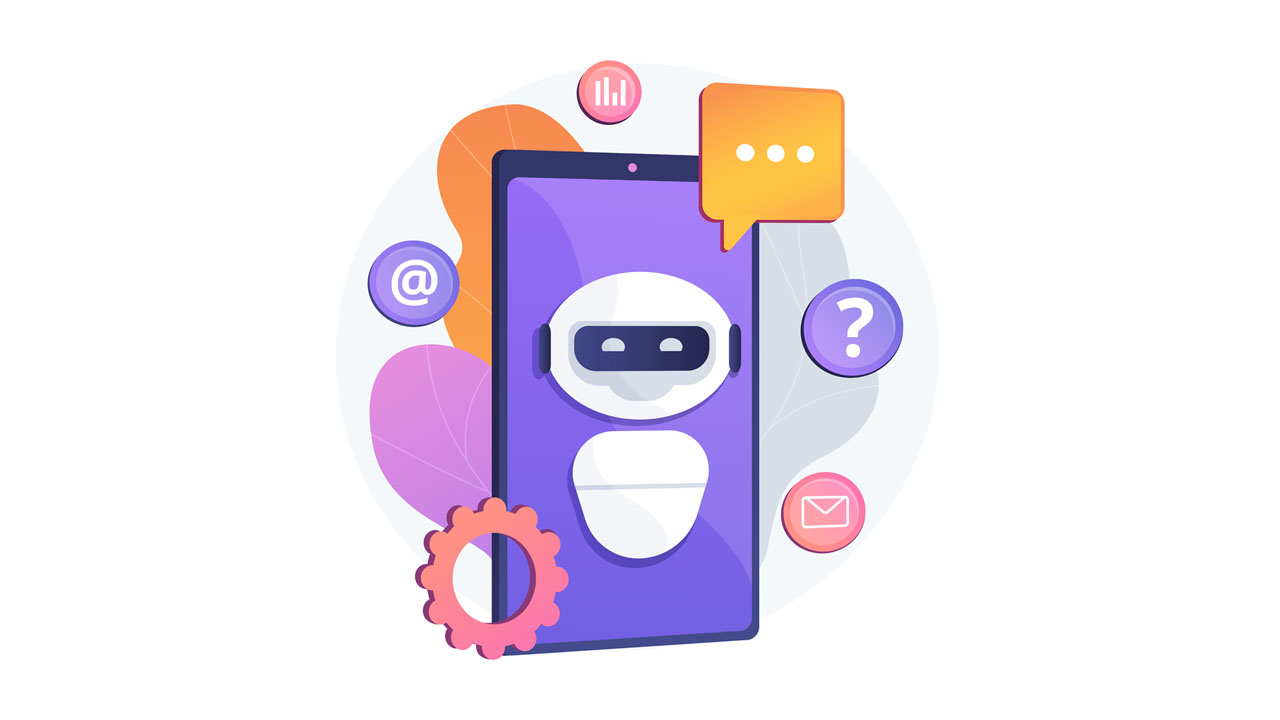
Business websites often use AI bots to prompt visitors to ask questions about their products or services. Most companies utilize bots as the first step in their customer service process where users can ask simple questions related to their orders, shipping charges, or product availability.
However, AI bots have become more sophisticated than ever. Companies such as Chai allow you to chat with an AI about almost anything. The AI is trained to understand your questions and provide answers immediately.
For example, I spoke to Eliza on Chai and let her know that I was feeling stressed. She walked me through a ton of breathing exercises to help me relax.
You can also chat with the AI boyfriend and break up with him through text. The boyfriend is prompt to answer your questions and has a lot to say about your relationship.
While this particular platform can solely be used for entertainment purposes, AI bots are seeing extensive usage in medical and engineering fields.
Woebot is an AI therapist that is available 24/7 to talk to people suffering from mental health problems. Patients can confide in Woebot and seek help for their problems and symptoms.
AI therapists similar to Woebot are built to mimic human interaction and use their vast trove of knowledge to help patients.
AI Microchips and Human Brain
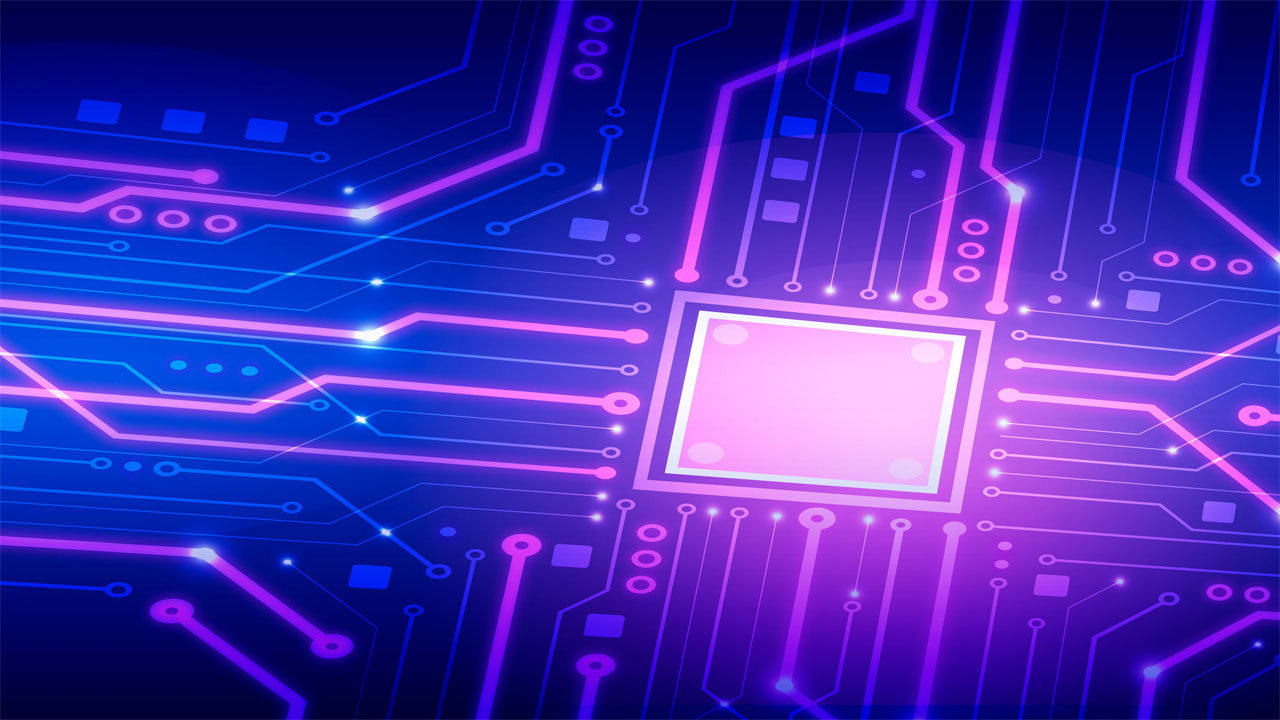
The next generation of AI is expected to be more energy efficient compared to the current hardware that consumes a lot of power.
According to a new study, neuromorphic chips can run AI algorithms using only a fraction of the energy consumed by conventional chips.
Neuromorphic chips mimic the structure and function of the human brain. These chips use less power and can perform tasks 1,000 times faster than normal processors like CPUs and GPUs.
Intel, IBM, and other chip making companies are already experimenting with neuromorphic chips. Wolfgang Maass, a computer scientist at the Graz University of Technology experimented on replicating the human brain’s memory storage mechanism called after-hyperpolarizing (AHP) currents.
Maass and his team ran the experiment on one of Intel’s neuromorphic Loihi chips and found their algorithm to be 1000 times more energy efficient than image recognition algorithms that run on regular chips.
The application of Maass’s research seems to hold a promising future in the AI world. With neuromorphic computing, AI virtual assistants will be able to recognize people just from their photos and pull out their names, and other biodata. The AI could go back in the past and create connections between people appearing in two photos to see where they met or how they are related.
The Future
AI is growing fast and it may be scary to think how far we have already come. With any technology, ethical application and usage is the key to fruitful results. If properly monitored and controlled, AI’s application can be beneficial in many fields and industries.
AI has the capability to automate processes, save lives, bring people together, and can even send us to Mars.
AI experiments on human brain can lead to breakthrough discoveries in the medical and engineering fields, including curing diseases and solving problems. Such data can also be useful in understanding how criminal minds work and how they behave.
Neuroimaging in combination with AI can produce brain-reading technologies which can if applied in forensic psychiatry can assist with methods such as lie detection.
While experiments are underway to model artificial intelligence on the human brain, it cannot fully replicate the human brain — at least not in the near future. It can however mimic the way humans learn. Such functionality, if reproduced on a larger scale can make our lives easier and more efficient.


